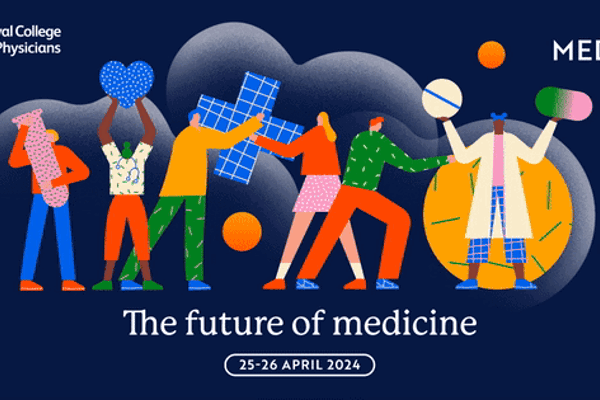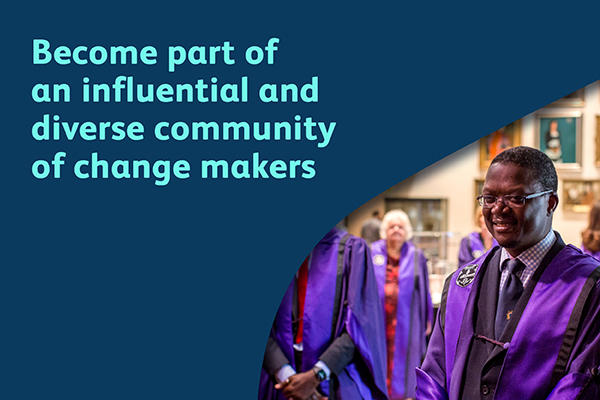As the Royal College of Physicians celebrates World Patient Safety Day, Dr John Dean, consultant physician and RCP clinical director of quality improvement and patient safety, explores how a daily focus on risk across the system can reduce patient harm.
If COVID-19 has taught us one thing, it’s that keeping patients safe requires us to think proactively in order to manage risks across healthcare systems.
At the start of the pandemic, the biggest risk was thought to be hospital bed capacity. Older patients were discharged from hospitals to care homes without knowing whether they were carrying coronavirus. Today when a patient is admitted to hospital, we estimate their probability of having COVID-19 based on symptoms, signs and exposure. This determines how the patient is cared for to minimise the risk of spreading the virus. People who are ‘clinically vulnerable’ are shielding at home, with family members also taking protective action. Patients present late to hospital with strokes and heart failure because of their perception of the risk of catching COVID-19.
In each of these situations, managing patient risk in one place, or at one time, affects the risk to others or at a later date. It could affect exposure in a care home, cross infection in hospital, the future health of clinically vulnerable patients or those presenting late due to reduced access to care. It’s the same when we prescribe medication for heart failure but need to monitor any adverse effects on the kidney, or to prevent blood clots in the brain, or to prevent bleeding from the stomach. Data or risk scores help our decisions, how we adjust them, and the actions we take. Swab results adjust the risk of the patient having COVID-19. Data of predicted admission rates, staff sickness or patient dependency help us manage resources to balance the risk.
Decisions in modern healthcare are best made collectively. If it’s an operational issue, then clinical and managerial discussion informs the decision. For a clinical decision, then discussion with between the multidisciplinary team, patients and families is essential. Patients are individuals and will have different assessments of the risks and balances they may wish to take. Healthcare professionals may have to consider population risk too, such as antimicrobial resistance. Again, these decisions are best informed by data and information to guide us.
When there is a known risk we may be able to take preventive action, improving patient safety by changing our practice based on learning.
Errors will occur – ‘to err is human’ – and healthcare as a complex system has inherent risks and failures. However, through learning from what has gone wrong, or nearly gone wrong, or from successful actions we have taken in response to an early warning of possible harm, we can modify the system of working, the processes, behaviours and interactions to reduce the risk of it happening again.
The RCP works with the NHS and internationally to increase learning in patient safety, sharing new information and practice, be that on NEWS2, medication safety, or how we incorporate patient safety thinking into professional training.
So how should this thinking influence how we work, behave and interact on World Patient Safety day, and every day? Here are my suggestions.
Start and end the day with our teams by briefing and debriefing. Ask five key questions about the care you will deliver today:
• How safe are we to deliver the care we want to?
• What could possibly go wrong?
• What have we learned about patient safety since we last talked?
• How can we adapt to reduce any risks here or elsewhere?
• Is there anything we need to report to increase the learning?
And when we talk to patients and carers today, let’s find out their concerns or questions they have about the risks and benefits of their treatment and care, and what information might help them in making decisions about what to do next.
Eddie Kinsella, chair of the RCP’s Patient and Carer Network, shares his thoughts on patient safety.
The famous maxim ‘First do no harm’ should resonate more strongly than ever with patients and healthcare professionals as we celebrate World Patient Safety Day. Sadly, we know from the many tragic cases that have arisen during the pandemic that this has not always proven to be the case.
In normal circumstances healthcare systems are complex and there are many factors which may interact to create risk and potentially cause harm to patients. COVID-19 has added significantly to those risk factors. However, we all take risks in our everyday lives and we like to be in control of those judgements as far as possible. Patients are individuals, with different circumstances and different perceptions of risk.
The concept of shared decision-making between healthcare professionals and patients takes on even greater importance in the current climate in order that balanced judgements may be made about risks and benefits. Careful evaluation of the shortfalls in systems, processes and human factors offer valuable opportunities for learning, adaptation, and improvement. Working in partnership, we can use this day as a catalyst for improving patient safety and honouring the spirit of that famous maxim.




